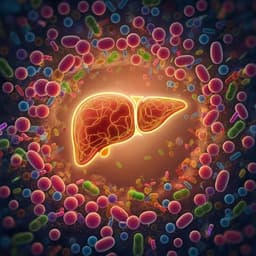
Biology
EGCG Attenuates CA1 Neuronal Death by Regulating GPx1, NF-κB S536 Phosphorylation and Mitochondrial Dynamics in the Rat Hippocampus following Status Epilepticus
A. V. Kozlov, S. Javadov, et al.
Discover how epigallocatechin-3-gallate (EGCG) can protect neurons from damage caused by status epilepticus in rats. This innovative research shows that EGCG not only reduces neuronal death but also improves mitochondrial health by modulating critical pathways, revealing exciting potential for neuroprotection. This study was conducted by Andrey V Kozlov, Sabzali Javadov, Natascha Sommer, Ji-Eun Kim, Tae-Hyun Kim, and Tae-Cheon Kang.
~3 min • Beginner • English
Related Publications
Explore these studies to deepen your understanding of the subject.







